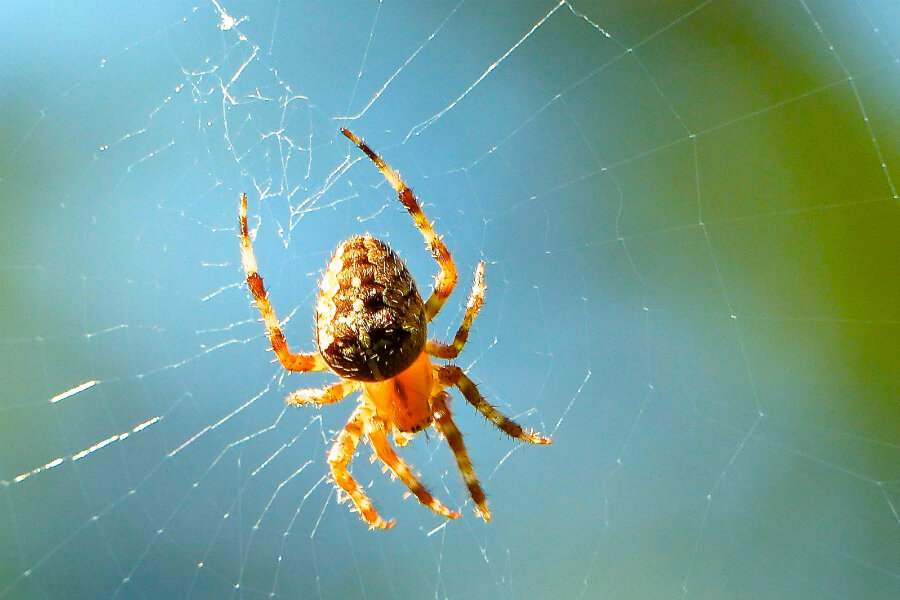Why do the homes of the affluent have more bugs?
Loading...
A team of scientists set out on a biodiversity study. But instead of turning their focus on the great outdoors, they found themselves with headlamps and knee pads searching under beds and in closet corners, cataloguing the bugs living in, well, the great indoors.
The team, made up of scientists from California Academy of Sciences, North Carolina State University, and the Natural History Museum of Denmark, studied the secret world of insects, spiders, and centipedes inside 50 urban homes in Raleigh, N.C. They then compared their findings with the kinds of homes that the bugs were in. The results indicate that biodiversity relates to socioeconomics. Or, put simply, the results shows that rich neighborhoods have more bugs.
This study, published Tuesday in the journal Biology Letters, indicates the effect that city and neighborhood planning has on biodiversity both in and out of buildings, and researchers hope it inspires people "to reimagine the context of their homes and apartments within the larger environment," as Misha Leong, lead author and post-doctoral researcher at the California Academy of Sciences, said in a statement.
"The sheer amount of life thriving within your home – under carpet, in closets – is astonishing," said Dr. Leong, who was surprised by the correlation between neighborhood affluence and the number of different types of arthropods, a group that includes insects and spiders.
This is not the first time that scientific study has linked human wealth to biodiversity. A phenomenon called the "luxury effect" has been employed to describe how higher affluence is linked to higher diversity across species of plants, birds, bats, and lizards. However, examining arthropods with an eye to socioeconomics is a new approach, and there is a relative dearth of work on the biodiversity of the indoor environment.
To reach their conclusions, the scientists compared the number of species found within homes with factors such as the homes' square footage, size, surrounding vegetation, and neighborhood attributes.
One explanation for the association between arthropod biodiversity and wealth is that homes in affluent neighborhoods have a great diversity of plants, which attracts a variety of arthropods who then make their way into the nearby home. However, even in wealthy areas where individual houses did not have significant plant life, the association still exists.
Researchers suggest that this is because of neighborhood planning that includes communal green spaces and landscaping, as well as other wealthy neighbors whose lush landscaping allows for insect spillover into surrounding homes.
"Seeing how these community-wide planning decisions cascade through the neighborhood and into homes is fascinating," says Leong. "Besides parks and communal landscaping, the decisions made at the micro-scale of individual property owners collectively scales up. This influences the ecological dynamics within their respective neighborhoods and cities, which can then impact the biodiversity you find in your bedrooms and basement."
This study, unusual in its overlay of socioeconomics onto science, shows a curious manifestation of disparity, and points to the far-reaching consequences of urban planning and neighborhood management as they differ across income levels.
It's also a step toward acknowledging and learning more about roommates that we don't always know we have.
"We still have so much to learn about indoor ecology and the ever-evolving relationship between humans and arthropods," said Michelle Trautwein, co-author and curator of entomology at the California Academy of Sciences, in a statement.
Researchers plan to continue to study arthropods in human homes in Australia, Madagascar, China, and Antarctica through 2017.







